UGM-84 Sub Harpoon
Overview
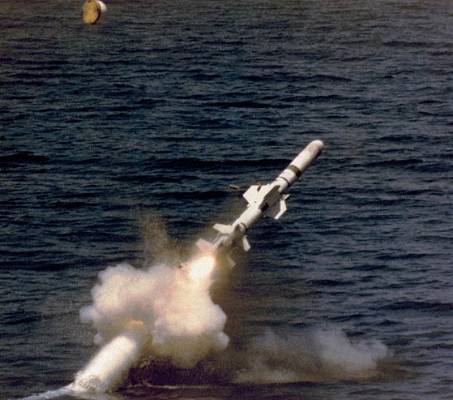
Sub Harpoon launch
Photo showing the launch of a UGM-84 Sub Harpoon. The blown away capsule cover can be seen at the top.
Source: US Navy (photographer unknown) -
© public domain
United Kingdom
South Korea
Egypt
Description
Introduction
The UGM-84 Sub Harpoon is a late Cold War era anti-ship missile of US origin. Sub Harpoon is a submarine launched derivative of the surface vessel launched RGM-84 Harpoon. Sub Harpoon provides submarines with a weapon to attack surface vessels beyond the range of heavyweight torpedoes. This comes at the cost of an increased chance of detection upon launch and a smaller warhead compared to a heavyweight torpedo.
Design
The Sub Harpoon is essentially similar to the regular ship launched Harpoon missile. It has similar dimensions and also has the solid propellant booster motor. The main difference is that the Sub Harpoon comes in a launch canister to allow it to be fired from the 533mm torpedo tubes of a submerged submarine. The launch canister is unpowered and propelled from the torpedo tube. Two angled rear wings provide a flip-up motion upon launch. A sensor detects the moment the canister surfaces and the rocket motor is fired. From that point onward the Sub Harpoon functions in a similar manner to the regular Harpoon missile.
Guidance
Target coordinates and flight instructions are fed into the Sub Harpoon before launch. The submarine may use a small radar on a retractable mast or sonar to select a surface target. In the terminal phase the Sub Harpoon uses active radar homing to detect and track enemy vessels. Inertial navigation is used until the missile reaches the target area. In later blocks the guidance has been improved by adding a re-attack capability, GPS assisted inertial navigation and ability to set waypoints for the flight path. The Harpoon possesses a very limited land attack capability which may also be present in the Sub Harpoon.
Firepower
The Harpoon is a subsonic anti-ship missile that travels at Mach 0.9. Early models performed a pop up attack but subsequent versions are sea skimming missiles. The 220 kg warhead will destroy most frigates and destroyers. Larger vessels may require multiple hits. The effective range for most earlier models is 130 km. The latest model has a 220 km range.
Platforms
The Sub Harpoon was developed initially for use on American and British submarines. Various classes of these nuclear powered submarines have the ability to carry and launch Sub Harpoon. Various other nations use the Sub Harpoon on diesel-electric attack submarines. Often these submarines use American fire control systems and Mk 48 torpedoes as well. Examples are Australian Collins class, Dutch Walrus class and Taiwanese Hai Lung class. Various German-designed Type 209 submarines can launch the Sub Harpoon. These include Greek, Turkish and South Korean classes.
Users
The Sub Harpoon was acquired by the US Navy for use on its nuclear powered attack submarines. It was also sold to a variety of US allies who use them on various types of submarines, mostly diesel-powered attack submarines. In the late Cold War era the Sub Harpoon fell out of favor as Soviet anti-submarine standoff weapons and helicopters improved. The launch of Sub Harpoon may give up its launch location, either visibly or by improved radar detection of the missile direction. Combined with improved torpedo performance carrying more torpedoes was favored. From the 2010's onward the Sub Harpoon was reintroduced in more limited numbers in the US navy and possibly others as well.
Variants
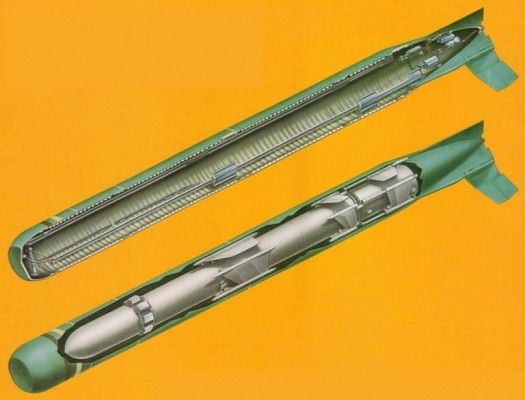
UGM-84 Sub Harpoon
Drawing of Sub Harpoon showing the capsule for underwater launch from a torpedo tube.
Source: www.ausairpower.net -
© copyright lies with original owner
List of Sub Harpoon variants
Platforms
(note: incomplete list)
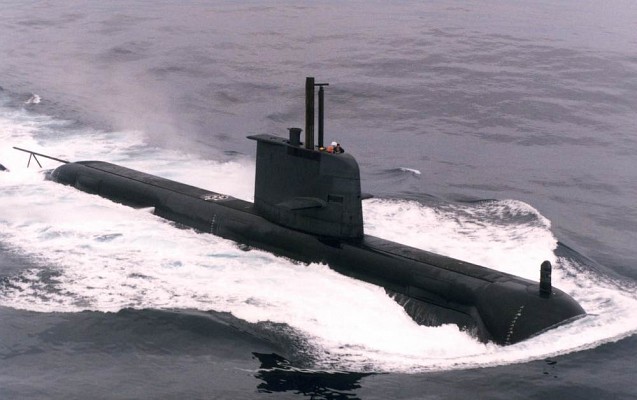
Collins class
Australian class of diesel-electric attack submarine with six 533mm torpedo tubes.
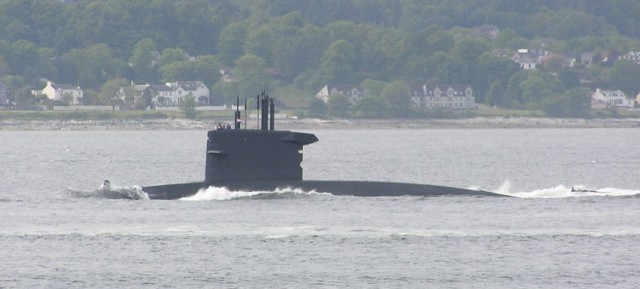
Walrus class
Dutch class of diesel-electric attack submarine with four 533mm torpedo tubes. Sub Harpoon capability present but reportedly not used.
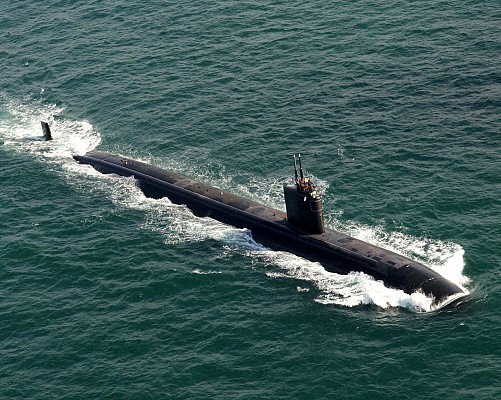
Los Angeles class
American class of nuclear powered attack submarines with four 533mm torpedo tubes. Sub Harpoon was standard issue weapon, then removed from service and recently re-entered service.
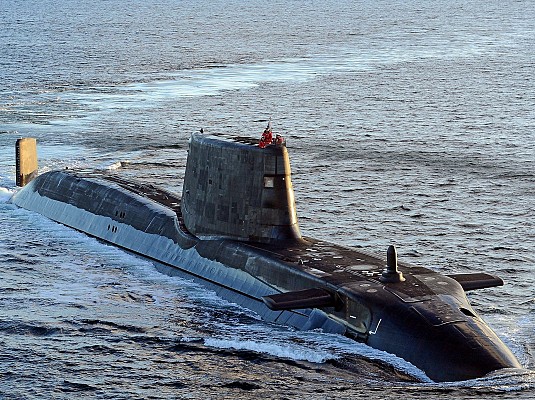
Astute class
British class of nuclear powered attack submarines with six 533mm torpedo tubes. Sub Harpoon can be carried but reportedly is not in active service.
Related articles
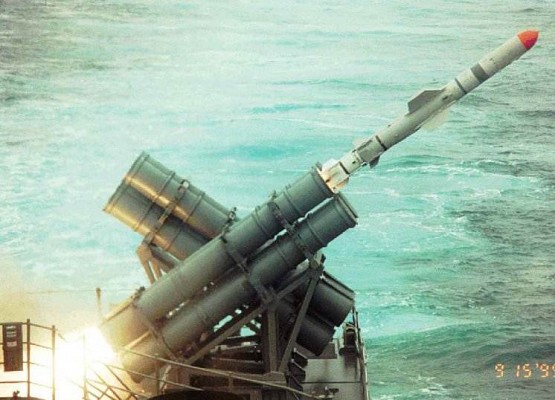
RGM-84 Harpoon
The Sub Harpoon is a variant of the regular ship-based RGM-84 Harpoon.